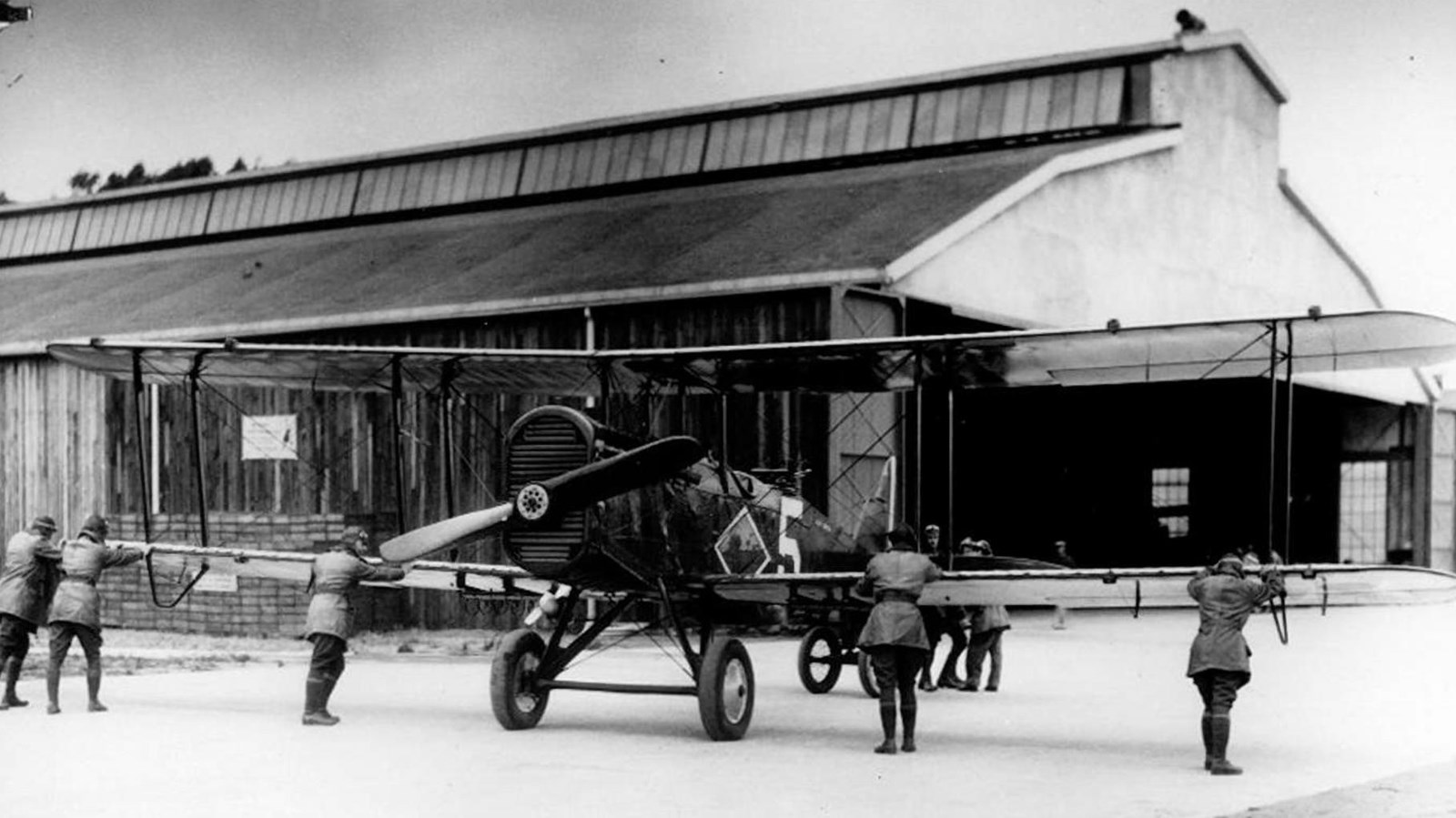Last updated: January 28, 2021
Place
Crissy Airfield

Historical/Interpretive Information/Exhibits
Crissy Field is the place for you, your friends and anyone else who wants to enjoy a stunning walk or bike ride along a flat, hard-packed promenade with iconic views of the bay and Golden Gate Bridge.
On the Cutting Edge of Flight Technology
This enviable part of the city wasn't always so accessible. From 1921 to 1936, Crissy Field was the military's cutting-edge location for testing flight technology. During this time, the Air Service captured the nation's imagination with eye-grabbing headlines about flights at Crissy Field, including aerobatic stunts and air races. Most significant were a series of long-distance flights that contributed to the development of airline travel.
The Naming of Crissy Field
Presidio coast artilleryman Dana H. Crissy was ambitious. Being an artilleryman was interesting, but more interesting would be to get in on something new and innovative. Crissy changed the trajectory of his military career by joining the ranks of the Aviation Section of the Signal Corps, going on to become the Commander of the Mather Airfield in Sacramento. His position in Sacramento made him eligible to participate in a daring military test.
On October 8th, 1919, 61 planes took flight from Roosevelt Field, Long Island heading west across the US while 15 planes, including one piloted by Crissy, flew east from a still unnamed airfield at the Presidio in San Francisco. These planes made up the Transcontinental Reliability and Endurance Test, the first US military attempt to fly across the North American continent. After three days and 24 hours in the cockpit, Captain Lowell H. Smith was the first to complete the trip, touching down on Roosevelt Field, New York.
In the end, only nine planes made it all the way across. Nine pilots died, including Major Dana H. Crissy and his navigator, Sergeant 1st Class V. Thomas, who perished on their first day out trying to land their DH-4 airplane near Salt Lake City. Colonel Hap Arnold of the Presidio, a personal friend and brother in aviation to Major Crissy, requested the airfield at the Presidio, where Crissy took off on his last flight, be named in his honor.
First Flight to Hawaii - Almost
In 1925, after running six miles at full throttle across the bay, two P-N9 Navy seaplanes under the control of Commander John Rodgers took flight and headed west at a brisk 115 miles per hour. Their destination? Hawaii. But this was no pleasure flight making its way to a weekend of luaus. Rather, it was a major test of aviation.
Coming on the heels of the around-the-world flight, which made use of short hops over the northern continents, the Navy was eager to show it was possible to fly planes over entire oceans at a single go.
Tragedy Averted
Despite meticulous planning, the expedition encountered adversity just five hours in, when one of the planes sprung an oil leak and was forced out of the air. Commander Rodgers' plane was flying fine, and so continued towards the south Pacific. Things continued uneventfully until 400 miles from their destination, the fuel reserves ran dangerously low, forcing Rodgers to veer off their charted path in search of a ship that could help them refuel. Unfortunately, no ship could be found.
The airmen were forced down over the Pacific, in an area teeming with sharks. The low fuel took out both the engines and the radio. Stranded with little food, the men were left with few options. They managed to stay calm enough to remember their naval training and fashioned sails out of the canvas covering their plane's wings. Their ingenuity paid off. Against all odds, the men survived long enough to be rescued by a Navy submarine before sailing past Kauai, one week later than their intended arrival.
Crissy Field Today
Chrissy Field is a popular place to jog, walk, or ride bicycles. A pedestrian and bike trail stretches from Fort Point to the Maritime Museum, both Golden Gate NRA sites.
